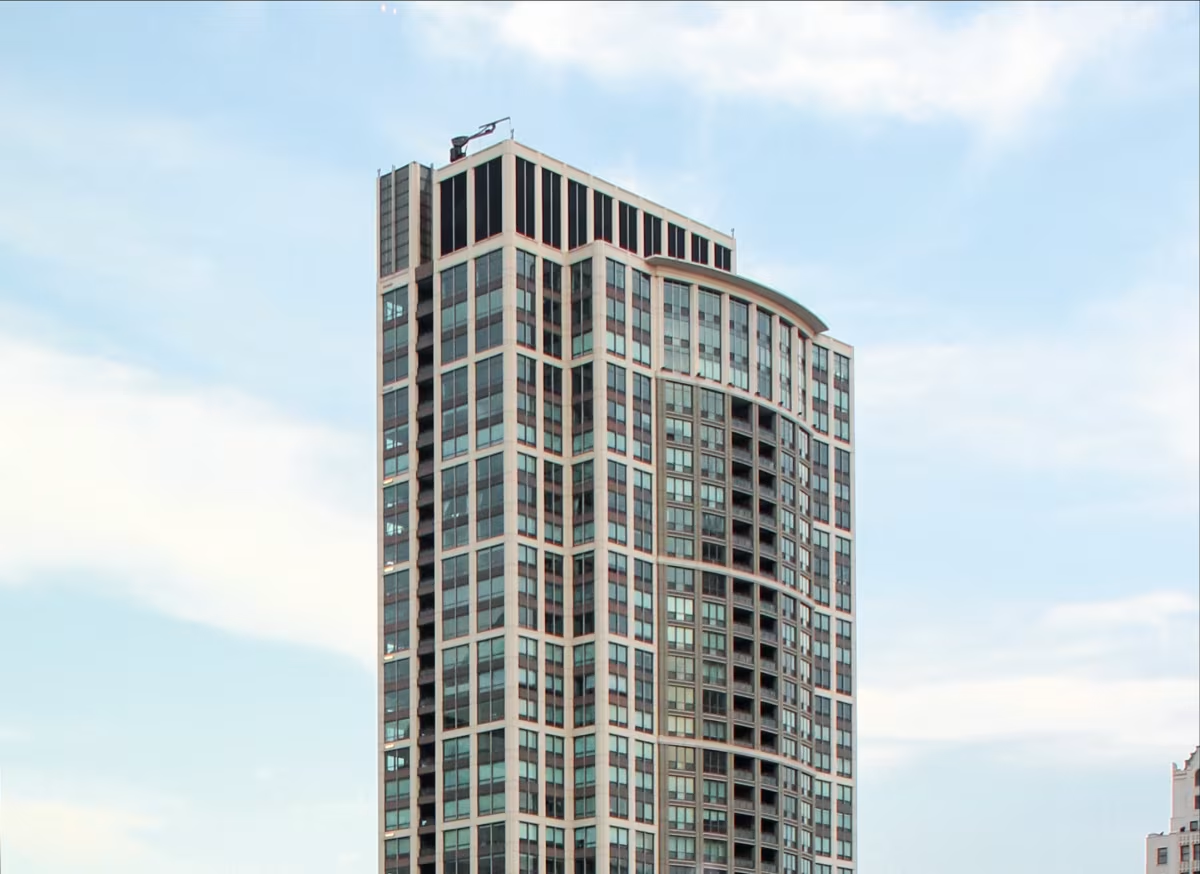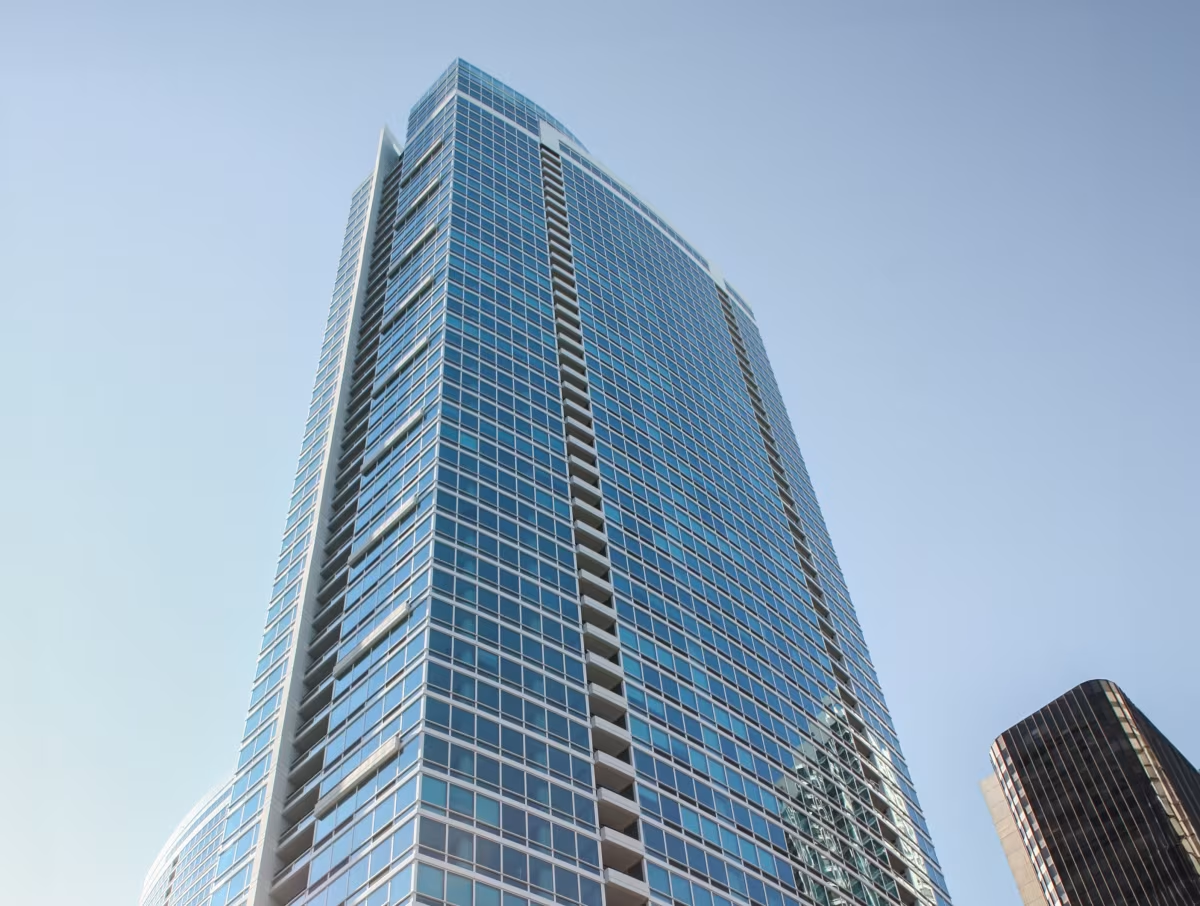Heritage at Millennium Park vs Atwater Apartments Building


Comparing the Heritage at Millennium Park and the Atwater Apartments Building is especially interesting because they share much in common. Both rise in Chicago, IL both were designed by Solomon Cordwell Buenz, and they were completed within 4 years of each other.
This overlap gives us a unique opportunity to understand how Solomon Cordwell Buenz approached different commissions in the same urban context and historical context during a short period.
Height & Size
The Heritage at Millennium Park is clearly the larger tower of the two, both in terms of height and number of floors. It rises to 631ft (192.4m) with 57 floors above ground, while the Atwater Apartments Building reaches 554ft (169m) with 53 floors above ground.
Of course, each project may have faced different briefs or regulatory constraints, which we don't really know about and could also explain the outcome.
Architectural Style
Both the Heritage at Millennium Park and the Atwater Apartments Building were designed in line with the aesthetic conventions of the Contemporary style.
At the time, this style was at the height of its popularity. So Solomon Cordwell Buenz followed what was in many ways expected at the time, producing designs that fit comfortably within contemporary architectural norms rather, than breaking with convention.
Uses
The Heritage at Millennium Park follows a mixed-use model, combining residential and retail. In contrast, the Atwater Apartments Building has remained primarily residential.
In terms of capacity, the Heritage at Millennium Park offers 359 apartments, while the Atwater Apartments Building provides 480 units.
The Atwater Apartments Building also provides 401 parking spaces.
Structure & Facade
Both towers share the same structural solution, a Frame system.
A frame structure uses a grid of columns and beams to carry the building's loads. This frees the walls from structural duties, allowing for flexible floor plans and larger windows.
However, when it comes to the facade, both buildings use different approaches. The Heritage at Millennium Park uses a Modular facade, while the Atwater Apartments Building uses a Curtain Wall facade.
A Modular facade like the one seen in the Heritage at Millennium Park employs prefabricated panels, often mixing solid surfaces with smaller windows, while a curtain-wall facade like the one seen in the Atwater Apartments Building uses a lightweight glass curtain wall hung from the structure.
| Heritage at Millennium Park | Atwater Apartments Building | |
|---|---|---|
| Solomon Cordwell Buenz | Architect | Solomon Cordwell Buenz |
| 2002 | Construction Started | 2007 |
| 2005 | Year Completed | 2009 |
| Contemporary | Architectural Style | Contemporary |
| Mixed | Current Use | Residential |
| 57 | Floors Above Ground | 53 |
| 192.4 m | Height (m) | 169 m |
| 1 | Built-up Area (m²) | 71256 |
| 359 | Residential Units | 480 |
| Frame | Structure Type | Frame |
| Reinforced Concrete | Vertical Structure Material | Concrete |
| Reinforced Concrete | Horizontal Structure Material | Concrete |
| No | Facade Structural? | No |
| Glass,steel | Main Facade Material | Glass, Concrete |
| Walsh Construction Company | Main Contractor | James McHugh Construction Co |
| Mesa Development, LLC | Developer | Golub & Company |
| IL | State | IL |
| Chicago | City | Chicago |
| 130 N Garland Court | Address | 355 East Ohio Street |